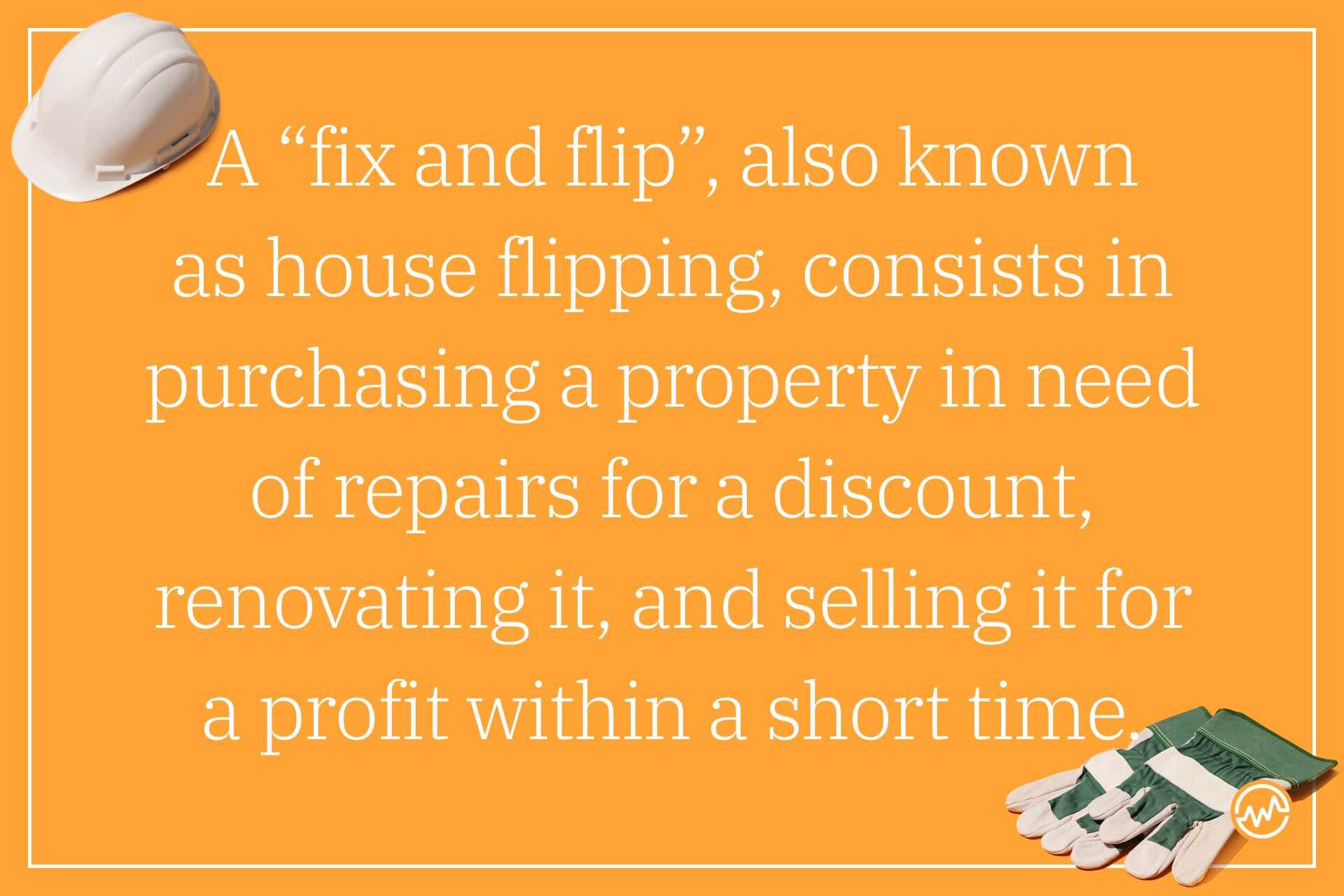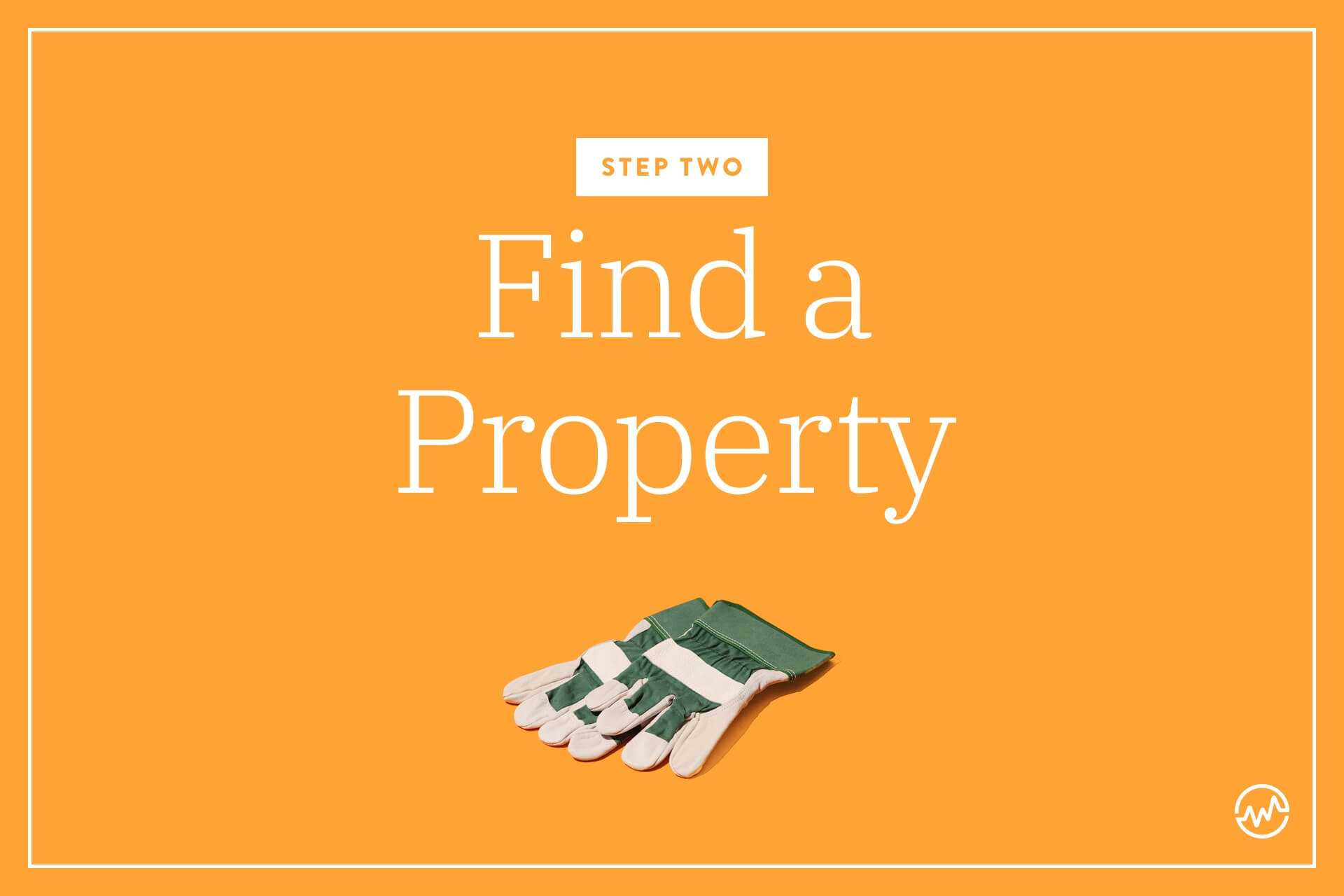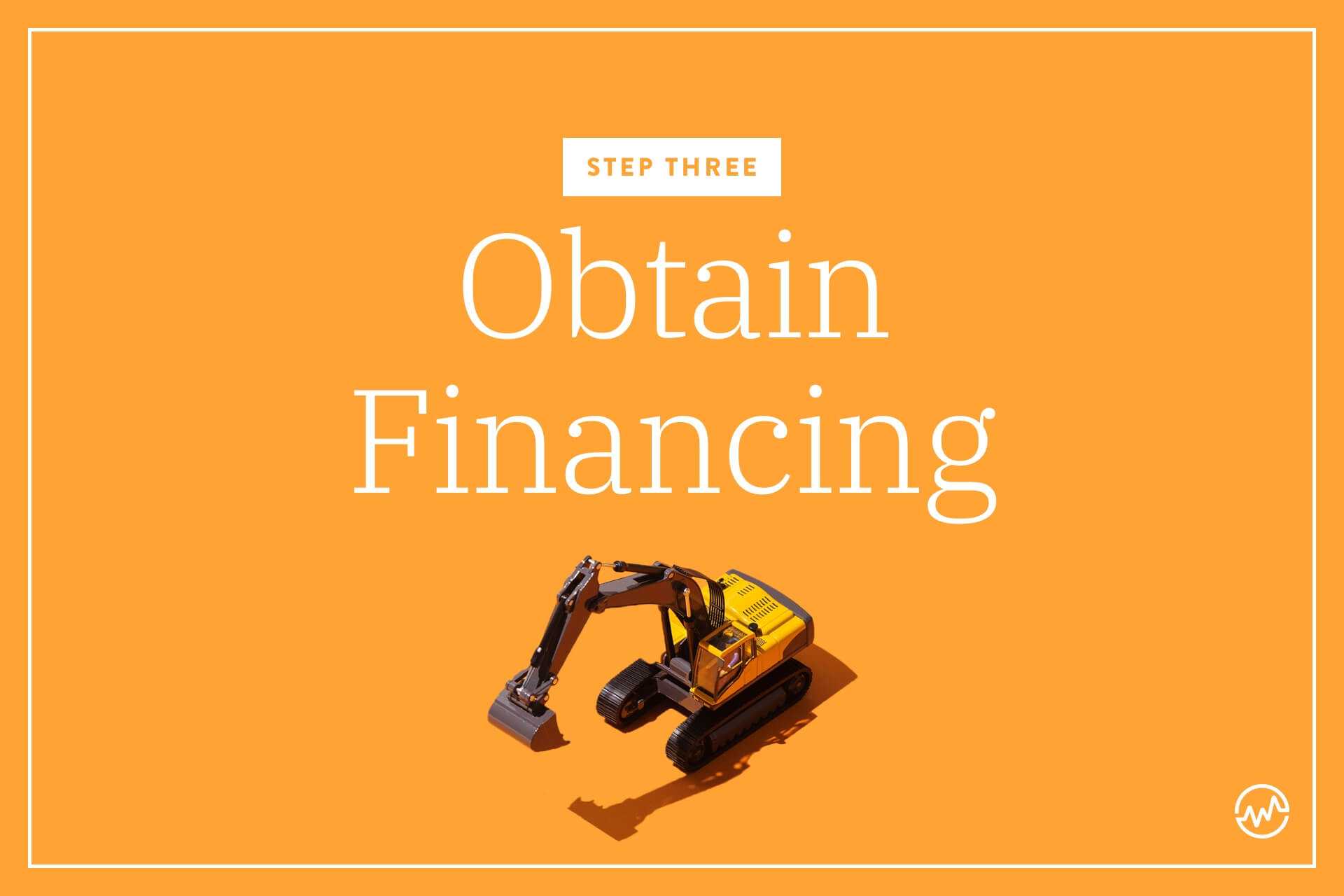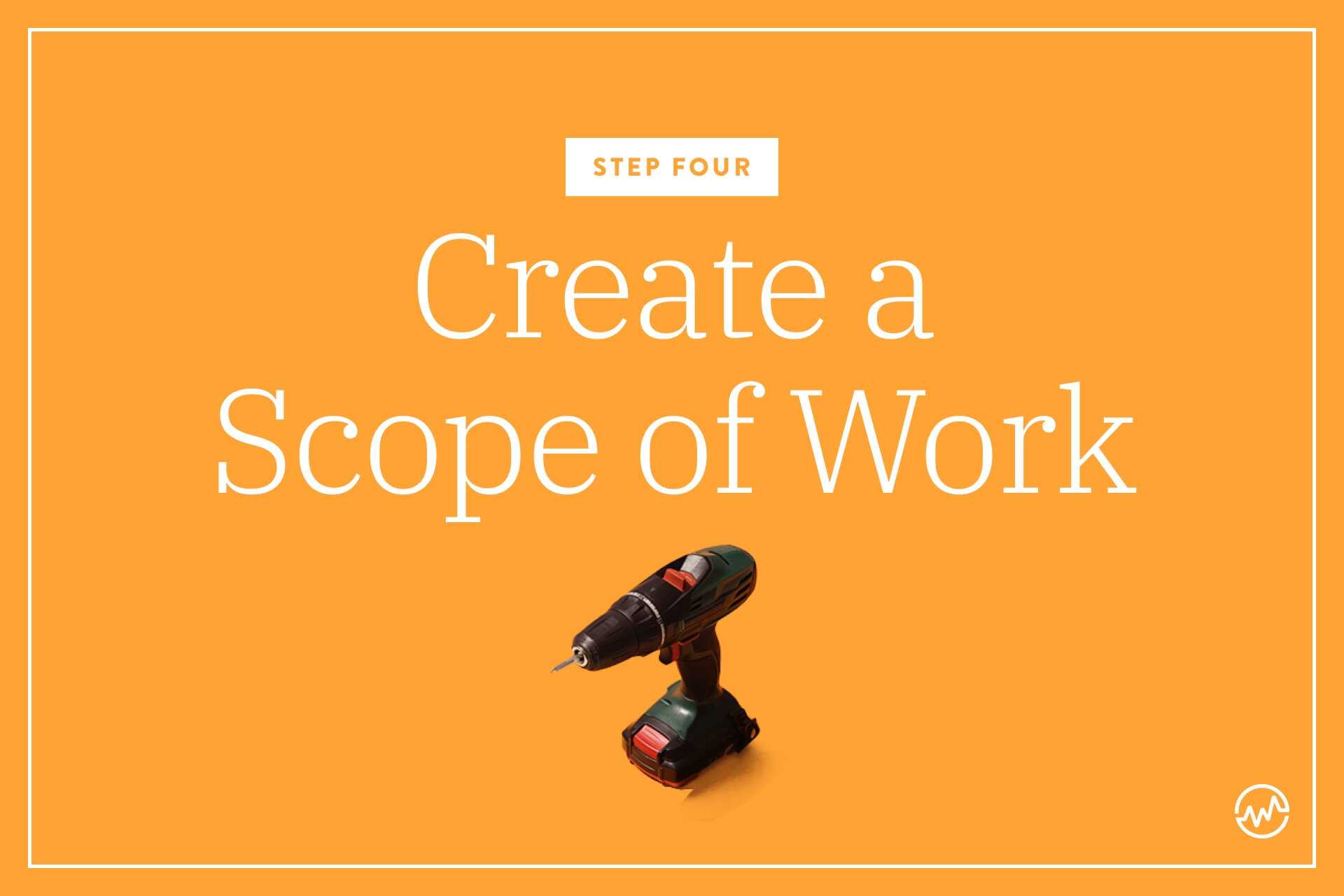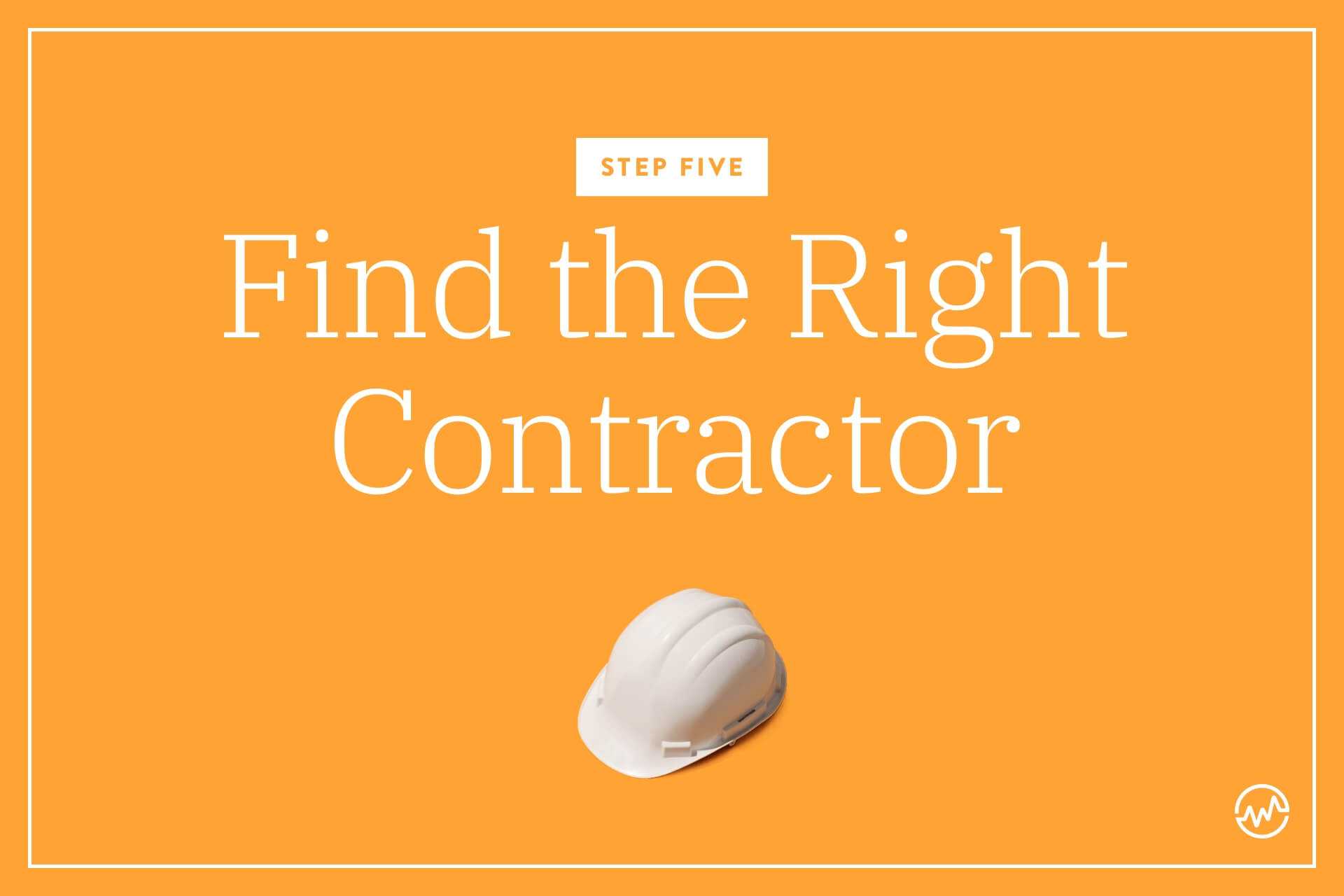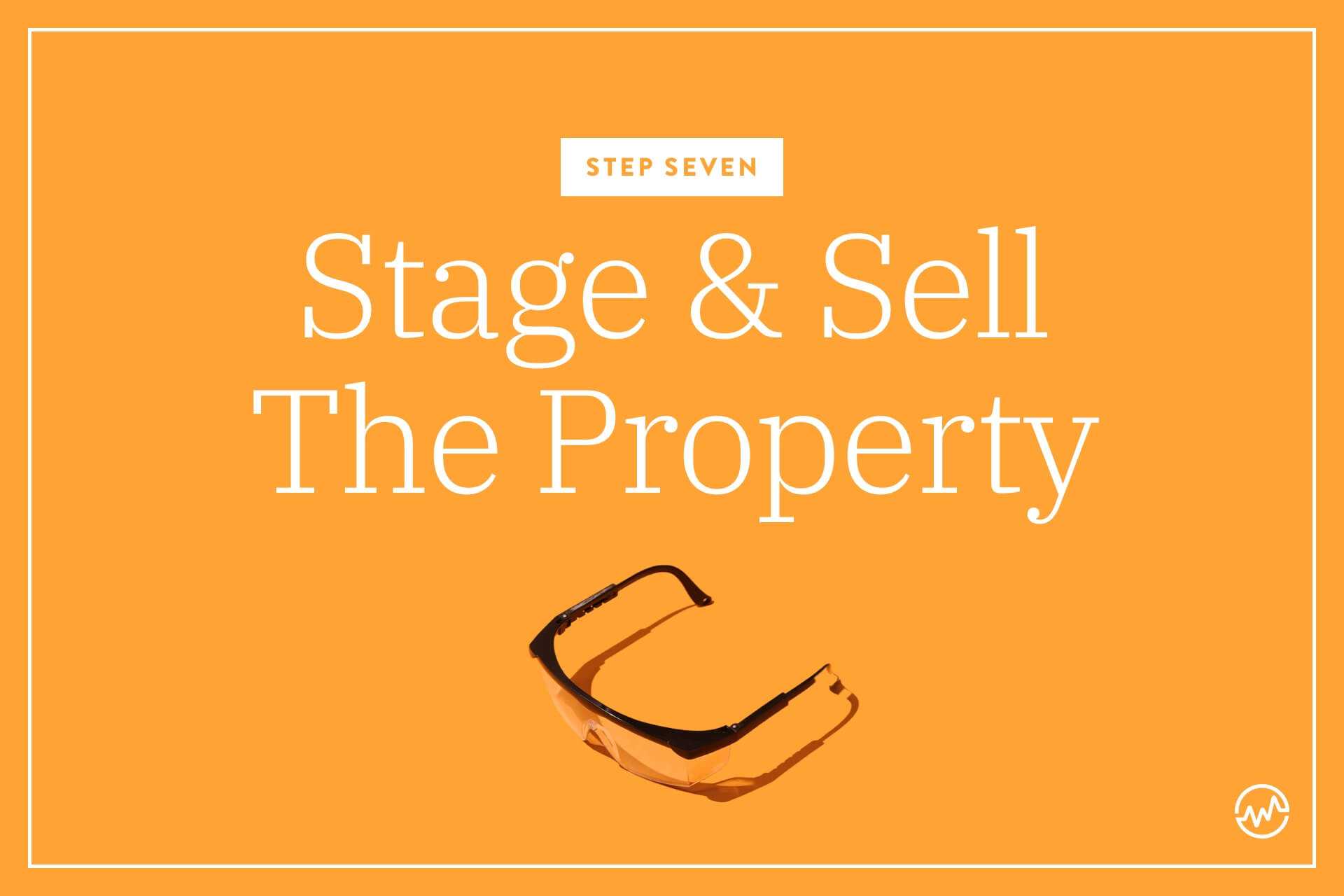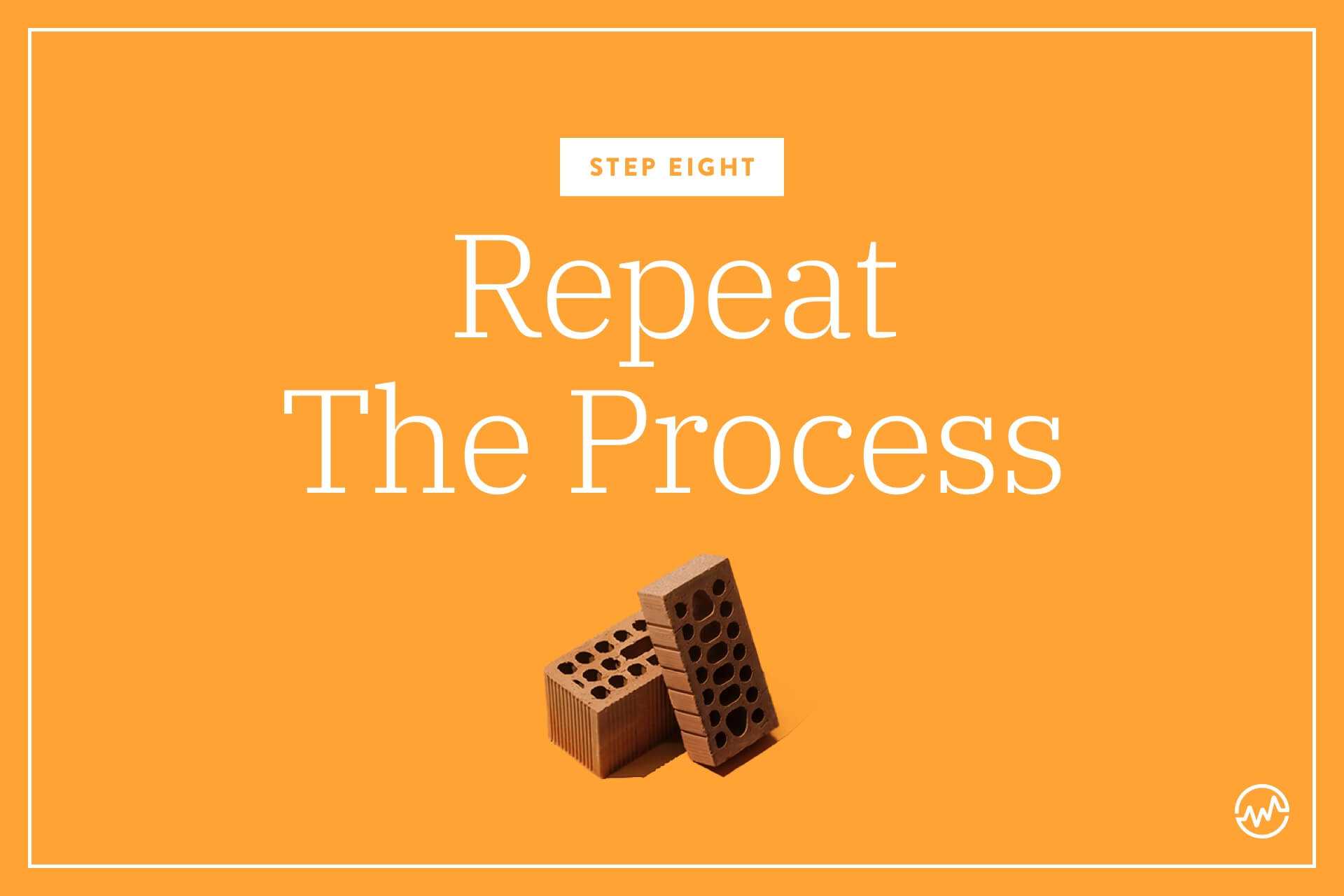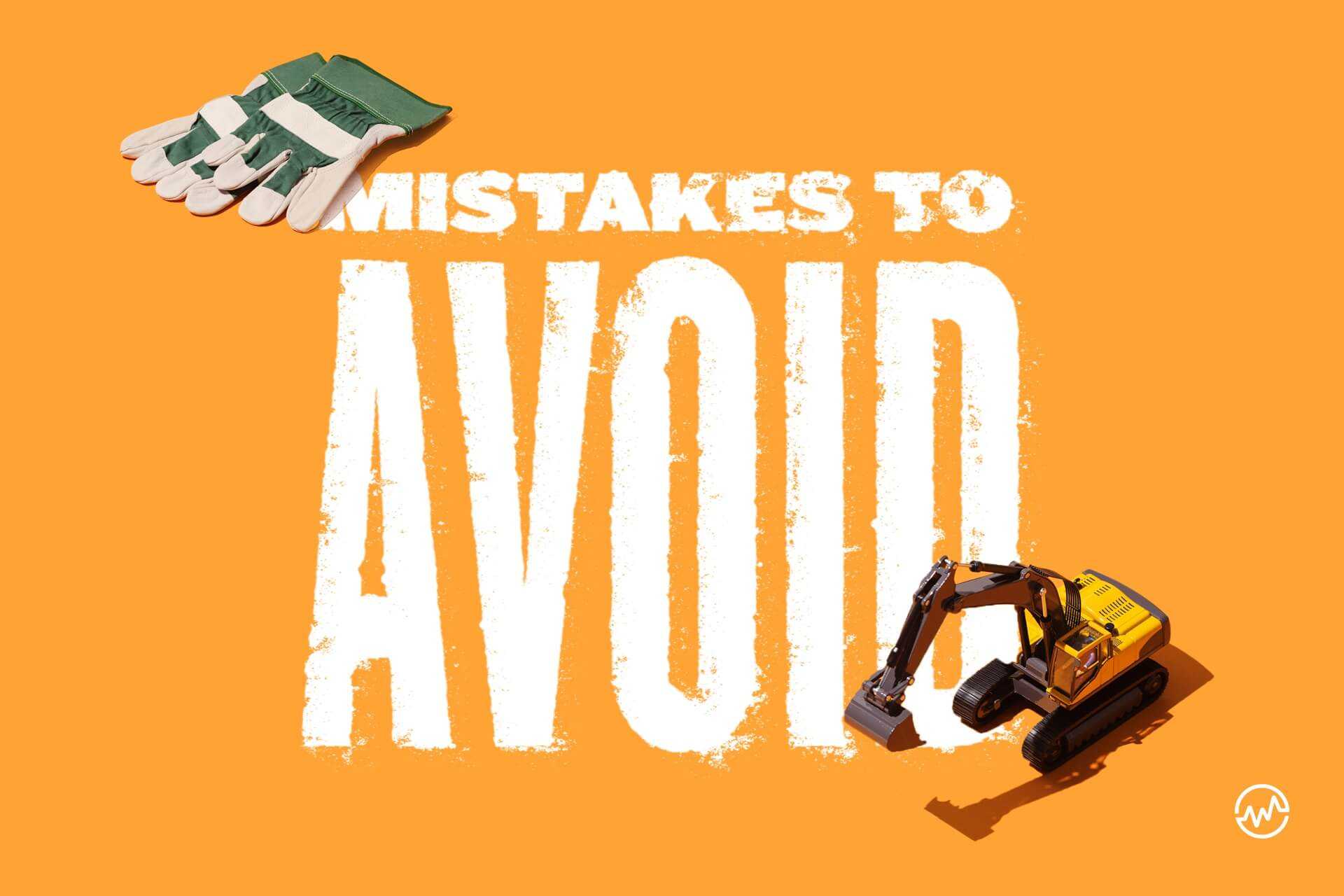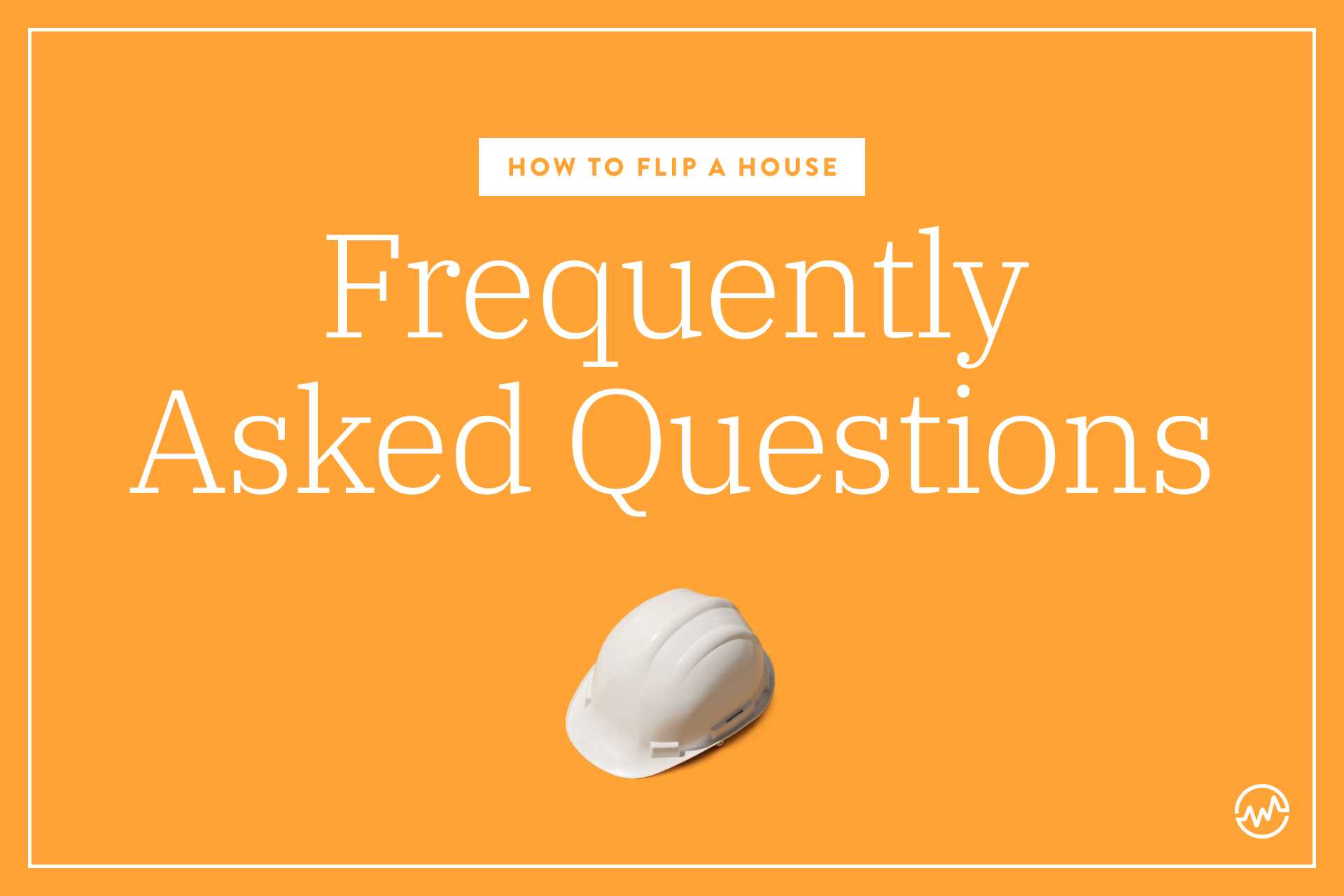Does the thought of taking a broken-down property, fixing it, and selling it to a family looking for their dream home excite you?
There are many advantages to a fix-and-flip real estate business. This includes the unique opportunity to gain satisfaction from revitalizing a property, and a tremendous potential for profit from a fix-and-flip deal.
That doesn’t mean a fix-and-flip deal doesn’t come with risks. It does, and the best way to mitigate those risks is to increase your knowledge about the fix-and-flip process.
That’s exactly what we’ll discuss in this article: how to fix and flip a property step by step the right way, along with additional house flipping tools and resources to maximize your profitability.
If you’re ready to learn about a fix-and-flip deal and start flipping houses, let’s get started!
What is a Fix and Flip?

A “fix and flip”, also known as house flipping, consists in purchasing a property in need of repairs for a discount, renovating it, and selling it for a profit within a short time.
Keep in mind that if a property is bought at full purchase price, this will yield much less of a profit when it comes time to sell.
To avoid keeping their funds immobilized and additional costs (property taxes, interest rates, and more), investors need to resell the building as quickly as possible.
In most ideal cases, the house is bought, fixed, and sold within 12 months.
Fix and flips are one of the most popular niches of real estate investing, especially for beginners, given that they are relatively straightforward with low entrance barriers.
How to Fix and Flip a Property in 8 Steps
Step 1: Research

As Benjamin Franklin once said, “by failing to prepare, you prepare to fail.”
The first step to a successful fix and flip — as well as any successful real estate deal — is researching everything about the market of the community you’re interested in doing a fix and flip to answering any questions you may have about the fix and flip process (you can find answers with proven online education).
Investors need to:
- Know their local real estate market for a successful fix and flip
- Be able to recognize a good deal and project how much the property can sell for once renovated
- Be aware of how long houses typically sell for in the area to establish a timeline.
- Understand the renovating process, including the costs, local requirements for permits and zoning, how long a project will take, etc.
- Have a solid team by their side, such as a trusted contractor and a good real estate agent
Part of this research includes — if you don’t have already — an overall business plan (including a marketing plan) that can keep record of your expectations and the costs as you go through the fix and flip process, that is also helpful for bookkeeping and taxes.
A business plan for a fix-and-flip business should include the following elements:
- An executive summary providing an overview of your project and your company
- The business opportunity your company plans on filling, including the problems you can identify in your local market and how you can solve them.
- A detailed description of your target market
- An in-depth explanation of your company’s strategy to fill the opportunity.
- A marketing and sales plan detailing how you plan to appeal to your target market
- An operations section covering how your business works: vendors, logistics, technology, etc.
- The data and milestones for your project, including projected dates, costs, and metrics
- A team presentation
- An overview of your company’s legal and organizational structure
- A financial plan covering the data necessary for investors to evaluate your project’s performance and viability
Step 2: Find A Property

You can find a property using a real estate agent to help you find a property. Or you can do the searching yourself by looking for For Sale By Owners (FSBO) or Distressed, or Abandoned Properties.
Either way, ensure that you examine the factors of a property. Think about and determine:
- The risks with the property
- The benefits of the property
- The location
- It’s after repair value, or ARV
- Comps
- Walk through the property to identify work
Step 3: Obtain Financing

If you have little money, you can still invest in real estate.
How will you pay for the property?
This can be with a traditional mortgage, and being pre-approved for a specific amount, notifying your network of private money lenders that you’re utilizing.
Fix and Flip Loan Option #1: Traditional Loans
Most traditional money lenders (banks, credit unions, etc.) hesitate to offer mortgages for fix-and-flip properties, which are perceived as riskier than primary residences.
Experienced investors are more likely to be approved for a traditional loan than first timers.
However, you may be able to qualify for a loan if you are planning to live in the property while you renovate it.
If you are a beginner real estate investor, keep in mind that severely damaged properties, which represent a large part of potential properties for a fix and flip investment, typically will not qualify for traditional loans anyway.
Fix and Flip Loan Option #2: Private money
Most investors turn to private money lenders to obtain a fix and flip loan.
This type of loan is more adapted to fix and flip properties since they are easier and faster to obtain for investors.
Keep in mind that interest rates are typically much higher than traditional mortgages.
Fix and Flip Loan Option #3: Alternative Methods
If an investor cannot obtain a loan through traditional or private lenders, there are alternative options. This can include crowdsourcing, or using the equity they hold in other properties (such as their main residence) to obtain a home equity loan or a home equity line of credit (HELOC).
Regardless of which financing option you, as the real estate investor, choose, make sure that you have the loan in place before you agree to buy the property.
Not only does this ensure that you have the money ready when you find a property to invest in, it also dictates the first line of your total investment budget.
Step 4: Create a Scope of Work

The next step is to create a scope of work, which is the roadmap, foundation of your rehab.
The scope of work is the outline of work that your contractors will bid and agree on, and it defines what actually gets done.
As you’re doing the scope of work and deciding what you will fix, ask yourself 4 important question:
- Will it add value?
- Will it help sell?
- Is it cost effective?
- Is it needed?
Step 5: Find the Right Contractor

Next, it’s important to find the right contractor.
Simply put, don’t settle for the contractor who offers the lowest bid. Find one that you think will do exactly what is being asked.
Investor-friendly contractors should be responsive from the get-go since time is of the essence in a fix and flip.
They should be able to provide a portfolio of past work, ideally on projects similar to the one you are doing.
Finally, ask for references from other investors and call them to check how the contractor respected items such as:
- deadlines
- budget
- the overall quality of their work
- And more
If you don’t have experience with contractors, you can find them utilizing:
- Better Business Bureau
- Angie’s list
- Craigslist
In this step, you also need to decide who is going to manage the project. That can be you, because after all, you know which work needs to be done.
But this can take time, and that means time away from other projects you may be working on, such as finding another property to flip.
Also, ensure you have the necessary permits before you begin renovation.
Step 6: Renovating the Property
The biggest hurdle with property rennovation is not going over your budget.
During this phase, you can choose to be active or hands off.
While you should work with a designer who will create the plan for the look and layout of the investment property, the actual contracting work should be left to the professionals.
Keep an eye on progress because every day that goes by is a day you aren’t making money on your fix and flip property, so you should stay updated on the contractor’s progress while letting them do their jobs.
The most important aspect of this step is to ensure that the progress stays on time and does not go over budget. does not go over budget.
Step 7: Stage & Sell The Property

After the contractor has finished work and the renovations are complete, the next item is to put the house on the market — but to entice buyers, you need to stage the home.
It’s important to have it cleaned and utilize a stager.
Remember: photos from a smartphone don’t compare to high-quality and professional images.
The end all goal of a fix and flip is selling a property for a profit.
This positive return on your fix and flip investment ensures that you are in a position to purchase another property once the first one sells.
Allow your real estate agent to market the property and bring you offers from potential buyers.
Once you’ve found an offer that works for you, it’s time to debrief and repeat the process.
Step 8: Repeat the Process

After you complete a fix and flip, it’s important to take a moment to reflect on the process before you repeat the process.
What did you enjoy about the process, and what did you least enjoy?
Finding answers to this question can help you decide on your next flip, which aspects you should be more hands-on, and which aspects you should be less hands-on.
What are some aspects you didn’t expect to experience?
Noting this can help you be prepared in your next flip for what you were previously unprepared for.
What can you improve upon?
There’s always room for improvement, and finding ways to improve can increase your profitability in future real estate deals.
The network of professionals that you create on your first property can be a valuable part of the process on your next investment.
Next, we’ll look at the advantages of fixing and flipping, as well as the disadvantages of the type of real estate investing.
Advantages of Fix and Flip
There are several advantages of a fix and flip deal — if done the right way. Here are a few of those advantages.
Funds Are Tied Up For a Short Amount of Time
Unlike other forms of real estate investments, with house flipping, funds are only tied up for a short time. Investors can make a large profit within months instead of waiting for several years, even decades, to recoup their initial investment.
Fix and flip houses are significantly more liquid than other real estate assets.
Excellent Way To Begin Real Estate Investing
Fix and flip deals are an excellent way to dive into real estate investing.
Although fix and flip has a learning curve, it is also a great way to get a full education in all aspects of real estate.
As an investor, you can learn:
- How to recognize a good deal in your local market
- The home buying and selling process
- Establish a professional network including real estate agents, contractors, loan officers
- Examine first hand if this is the type of real estate niche you want to specialize in
Deal Flexibility
The process of a fix and flip deal can also offer flexibility depending on your:
Some investors who have the right experience adopt a hands-on approach, doing most of the work themselves to save money.
Meanwhile, others may choose to hire contractors and let them focus on the day-to-day activities while the investor puts his or her attention elsewhere.
Disadvantages of Fix and Flip
There are several disadvantages of the fix-and-flip real estate method, including:
Budget Overruns
The success of a fix-and-flip deal often depends on a few elements out of the investors’ control.
For example, renovations may take longer and be more expensive than initially planned if any unexpected defects are discovered while construction is underway.
Subject to Market Trends
If the real estate market is sluggish or experiencing a downturn, it can take longer to resell the property and profits may be lower than what you hoped for.
In the worst-case scenario, you could end up losing money on your fix-and-flip project.
Less Tax Advantages
Owning real estate offers several tax advantages. But for these advantages to be realized, you, the investor, must own them, such as a rental property.
When a fix-and-flip deal is complete, the house is sold, and you move onto the next project, voiding the ability to experience tax advantages.
Time Consuming
A fix-and-flip can be time-consuming. Even if you are hiring a general contractor to renovate the property, you will need to supervise the project. Since time is of the essence, every mistake and delay can have serious consequences on your profits.
Finally, a house flip does not have the same tax advantages than real estate assets held for a longer time.
Mistakes to Avoid With Fix and Flip

Here are some of the most common mistakes associated with house flipping.
Flipping Mistake #1: Not knowing the local real estate market
For a profitable fix and flip project, you as a real estate investor, need to be able to recognize a property priced significantly under market value and evaluate how much you can sell it for once you have fixed it, using tools like after repair value.
To do so, you need to be extremely aware of:
- The local trends
- What buyers are looking for and their expectations
Flipping Mistake #2: Over-improving the property
Remember: you aren’t renovating a house for your needs; you’re renovating a house to sell it.
By overspending on high-end finishes, you will have issues recouping your costs and selling the property at an acceptable price once all is said and done.
Flipping Mistake #3: Taking on a project too difficult for your experience level
Fixing a property can quickly feel like opening Pandora’s box. Even though the price of a distressed property may be right, you need to take an honest look at your qualifications and your budget before taking on more than you can chew.
If the numbers don’t add up, for example, if the profit margins are too low, if it’s too much of a risk, or if you already have your hands full with other aspects of your real estate business at the moment, it’s important to know when to choose a different property; this is a skill some of the best real estate investors have mastered.
Flipping Mistake #4: Failure to Write a Business Plan
When you are trying to make money from a find and flip property, it’s important that you have a written business plan to serve as your guideline.
Flipping a house can be a lucrative investment, but it’s crucial that you have a written plan about how to flip a house.
You don’t want to be making decisions on the fly, and a business plan ensures that you’re not.
When you have a written plan that covers costs, marketing, contractors, and every other aspect of your find and flip, you are far less likely to waste money by responding to issues instead of being proactive.
The surest way to make a profit flipping houses is to start with a business plan.
Flipping Mistake #5: Overpricing the Home
Ultimately, the realtor that you choose to work with when you’re ready to sell your find and flip property can only advise you on how much to list the property for.
The ultimate pricing decision is yours. However, it’s important that you don’t become so personally attached to the property that you overprice it when it’s completed.
During the course of your time working on the fix and flip, you will see how much the property is improved. It’s easy to become sentimental and overvalue the property.
Make sure that you’re really listening to the realtor who provides comparable sales within the given area.
If you overprice the home, your find and flip project will take much longer to sell — and eat into your potential profit.
Fix and Flip FAQs

Next, we’ll look at some of the most commonly asked questions associated with house flipping.
Q. How do you find a house cheap enough to flip?
Distressed properties, such as foreclosure, short sales, probate sales, and so on, are often priced below market value.
These can be found on the Multiple Listing Service (MLS), though keep in mind some of the best deals may not even be listed.
Driving around your target neighborhoods or using direct mail marketing are both good strategies to find cheap houses to flip.
Q. How much can you make from a fix and flip deal in 2021?
According to ATTOM Data Solutions, the average gross profit for house flipping was $62,300 in the first quarter of 2020.
However, keep in mind that your actual profit will vary based on your:
- location
- your skills
- type of project you are undertaking
- market factors and trends
- And more
Q. What are fix-and-flip loans?
Fix and flip loans are loans specifically targeting real estate investors.
Unlike traditional mortgages, they are short-term loans and the interest rates are usually a lot higher.
They are typically offered by private money lenders.
You can learn more about applying for one, and whether or not they’re right for you, here.
Q: How Much Can You Make Flipping a House in 2022?
According to ATTOM, the third quarter of 2021 provided an average profit on house flips was around $68,800.
While that was a decrease from the second quarter, it’s also worth noting that real estate prices are expected to rise throughout 2022.
However, there are several factors to consider.
When you’re flipping a house, nothing matters more than location. Understanding the local market trends will have a direct impact on the success or failure of the investment. If the market you’re in doesn’t produce high profits, your property will probably fall in line with the others.
Your personal skills will also play a major role in the viability as well. If you know how to perform some specific tasks required during the process, you may be able to save on some contractor costs — and increase your profit.
The Bottom Line: How To Flip a House
If you decide to do another fix and flip, start again at step 1.
And along the way, continue your real estate education with online training, books, or other resources so that your next real estate investment can be the most profitable one yet.


